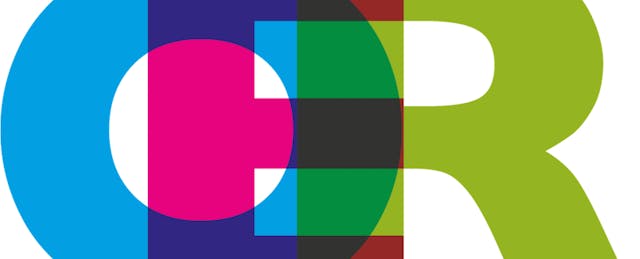Andrew Carnegie believed “There is not such a cradle of democracy upon the earth as a free public library, this republic of letters, where neither rank, office nor wealth receives the slightest consideration.” To actualize this belief, he donated over $60 million to build 1,689 public libraries in the U.S. in the beginning of the 20th century. His money built the structures while the communities furnished the books and committed money to maintain the facilities.
The coupling of public libraries with public education provided robust opportunities and access to an organized collection of free resources. The 21st century equivalent of libraries is the Internet – a huge, free digital repository of knowledge. But the same connection to public education has not been developed. A teacher could spend hours fruitlessly searching the internet trying to find useable videos, lessons, or resources because content on the internet isn’t labeled using a common educational nomenclature.
My school district, Mineola UFSD, on Long Island, is in its fifth year of an 1:1 iPad initiative. As our use of instructional technology has increased, so has our awareness of the need for engaging digital content tied to the Common Core standards. We quickly realized that, while the materials we wanted may exist, we couldn’t find them – so we decided to create our own. Last year Mineola UFSD hired professional videographers to create high-quality educational videos. The goal was for our teachers to create a warehouse of lessons that could be shared among and between buildings and grades. All of these videos can be found on Mineola’s website; I created a video on longitude and latitude. While technically I have “published” free digital content to the world, in reality it is unlikely to be found by an educator outside of Mineola.
As computers became prevalent in the late 1960’s the Library of Congress instituted a common method of cataloging assets, converting traditional card catalogs into Machine Readable Cataloging (MaRC) records. This standardization created a method to ‘tag’ materials with common numbers or keywords, thereby making content easily searchable. Patrons could search a database and find the location and type of content they sought. Inter-library loans made it possible to find and retrieve content outside your local institution.
If a platform existed in which I could complete a MaRC record (or something similar) I could post the video and really share it with the worldwide educational community. A search engine for educators needs to be developed in which teachers can post and tag educational materials. I envision this repository to be a teacher makerspace. Unlike current websites, this space would be a sortable warehouse of engaging resources that teachers could mix and match to build lessons and units. Rather than simply consuming someone’s lesson, the platform would provide the ability for teachers to craft his/her own lesson by easily finding pertinent resources.
To be successful this teacher makerspace would need three specific features.
- The items uploaded must be tagged with a common nomenclature.
- There must be a method for teachers to comment, rate and/or review the resource.
- The platform needs a space to allow teachers to display what they made.
This platform would serve as a valuable source of information to educational vendors and entrepreneurs. A recent study by Digital Promise describes access to educational tools as a “highly fragmented and inefficient K-12 educational market.” Teachers were ranked eighth out of 11 stakeholders in level of involvement in how tech tools make it to the classroom, the study reported. The same report found that just 28 percent of superintendents want educators to have more authority in purchasing tools and content for the classroom.
It’s difficult for vendors and entrepreneurs to learn what teachers want, even though teachers are the end users. The platform described would combat this very problem. The rating and review system would provide information on high interest and quality materials, thereby informing the needs of teachers.
I sent my video to my friends at eSpark, an educational app company specializing in personalized learning. After viewing the video they asked me to make one for them. They searched their database and quickly identified four standards that children across the country had difficulty with. They had the ability to pinpoint a problem area - now I am attempting to make a video that helps children with that standard. The eSpark app allows students to comment and rate the video; thereby informing us if we were successful. Imagine the rich resources that can be developed in this context.
Ultimately the future of public education rests with the availability of high-quality, free resources to all teachers, regardless of the community in which they teach. Who better to provide the resources for teachers than other teachers? For public education to thrive, districts need to work collaboratively to share knowledge and resources.
Mineola is currently in a position to produce high quality content that we want to share; we just need the platform to do it. Tag me @NaglersNotions if you want to collaborate on this project. Until then visit www.mineola.k12.ny.us and use whatever resource you like.


